I have searched for Addressing modes in IA-32,but I haven't seen any website or an article which have explained the addressing modes simply. I need an article or something which explain the matter simply by some picture of the memory during it changes and specifying the address mode by pictures.
I know that in IA-32 general form of addressing follows the following form :
Segment + Base + (index * scale) + displacement
I want to know the exact meaning of the displacement,scale,index and finally the base. As I don't know English as well I forced to search them but I didn’t find the technical mean of the words for this case ( In assembly programming language I mean ).
Finally, I want an explanation of addressing modes in IA-32 simply and preferably have been represented by pictures about The memory and its offset and ...
I learn assembly programming language by A guide to assembly programming in Linux's book.
So thanks.
